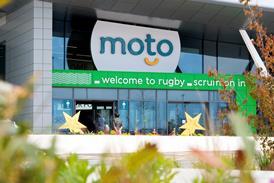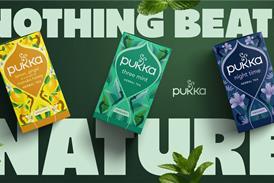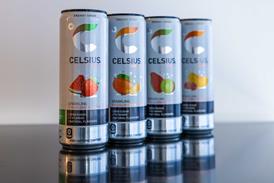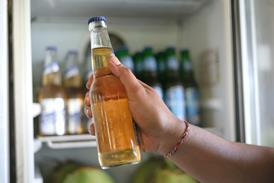- Home
- Retail & Wholesale
-
Products & Suppliers
- Back to parent navigation item
- Products & Suppliers
-
Product Categories:
- Back to parent navigation item
- Product Categories:
- Alcoholic drinks
- Bakery
- Cereals & breakfast
- Cheese
- Chicken & poultry
- Chocolate
- Confectionery
- Crisps, nuts & snacks
- Dairy
- Fish
- Fresh produce
- Frozen
- Household
- Meat
- Own Label
- Sauces & condiments
- Seasonal
- Soft drinks
- Vaping
- Vegan & plant-based
- World foods
- Suppliers
- People
- Reports & Data
-
Topics A-Z
- Back to parent navigation item
- Topics A-Z
-
Popular topics:
- Back to parent navigation item
- Popular topics:
- Cost of living crisis
- Crime
- Deposit Return Schemes
- Finance
- Government & Regulation
- Health
- Inflation
- Loyalty
- Marketing
- Mergers & Acquisitions
- New Product Development
- Sourcing
- Supply chain
- Sustainability & environment
- Technology
- Ultra Processed Foods
- Vaping
- A-Z all topics
- Content by type:
- Events
- Ask iA (beta)
- Subscribe now
TikTok: which grocer is doing it best… and how?
By Alice Leader and Jacqui Parr2025-10-10T14:58:00

Grocers of all shapes and size are jumping on the on-trend platform – but the battle for Gen Z eyeballs is about more than numbers
Picture this: a video of a skydiver, arms spread, plummeting through the clouds, with bold documentary-style captions narrating the exhilarating journey. The camera rockets into space, then zooms quickly back down to Earth – and straight into the fluorescent aisles of the Walkden ‘Big Tesco’.
In a move that’s as surreal as it is strategic, Britain’s biggest supermarket has gone full Gen Z, with this latest TikTok video a bait-and-switch classic that taps into the social media platform’s latest viral trend.
Already have an account? Sign in here
Already have an account? Sign in here






